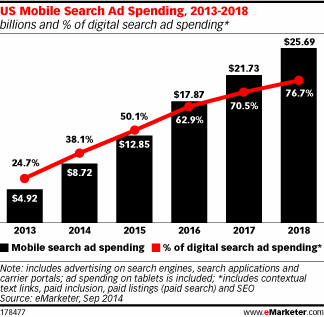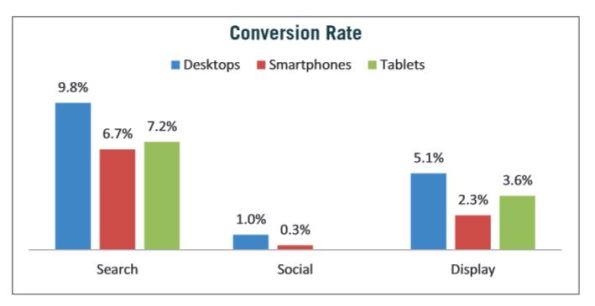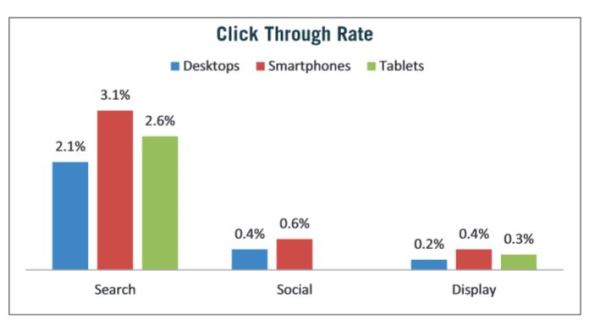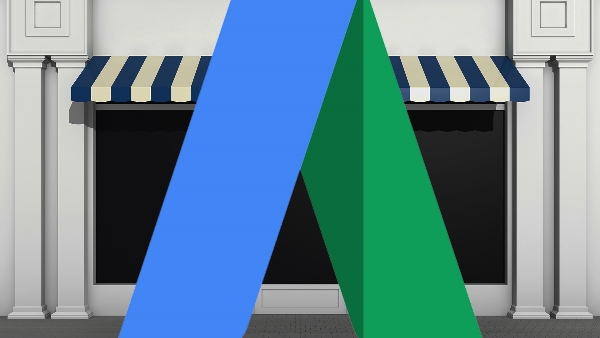
Today, Google announced their highly anticipated ‘Buy’ button with the unveiling of the new “Purchases on Google” feature, along with several other big upgrades.
Select retailers running mobile ads can now choose to include a ‘Buy on Google’ option that takes shoppers to a branded product page hosted by Google. From there, shoppers can finalize their purchase and save purchasing information for future use if you choose.
According to Google, this feature is only in the experimental early stages and is being limited to a small number of retailers.
Retailers who choose to use Purchases on Google will only have to pay for clicks on the shopping ads to the product page. They will also have the option to invite customers to join their mailing list during the transaction.
While Google will take responsibility for hosting product pages and providing security throughout the sale, it will be up to retailers to provide customer communication.
Along with the announcement of Purchases on Google, the company introduced a few more new features for AdWords:
- Swipe to Reveal: When a user swipes on a Google ad carousel will show more information about the products, including price and availability.
- Ratings and Reviews: Shopping ads with product ratings and reviews will now be shown if searchers use specific trigger words, such as “best”, ”reviews”, “recommendations”, etc.
- Priority for Local Inventory Ads: LIA’s will now receive priority for local intent shopping queries.
- App Deep-Linking: Ads from select retailers will now include links to view a product on their app.Today, Google announced their highly anticipated ‘Buy’ button with the unveiling of the new “Purchases on Google” feature, along with several other big upgrades.

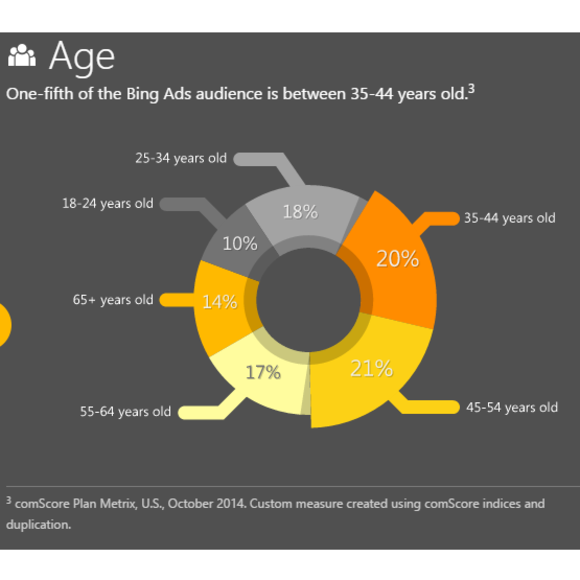
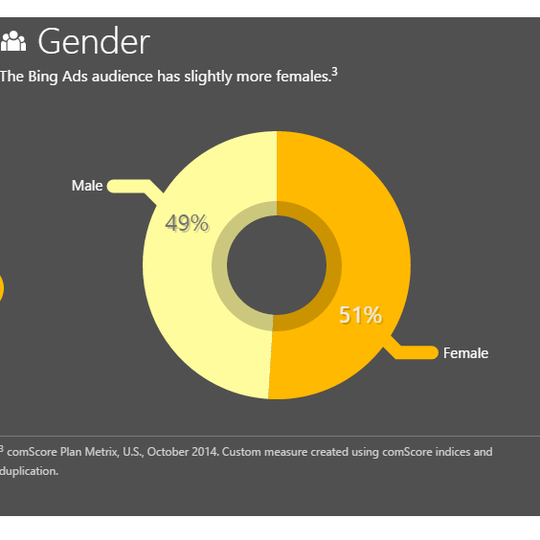
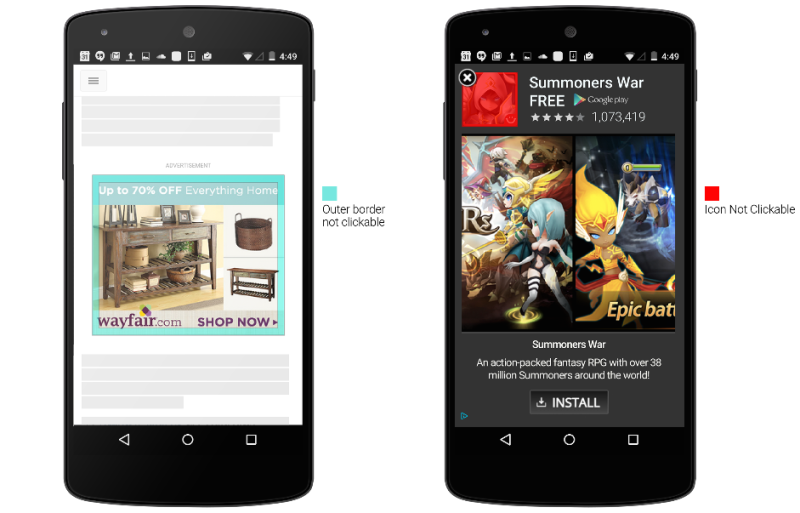
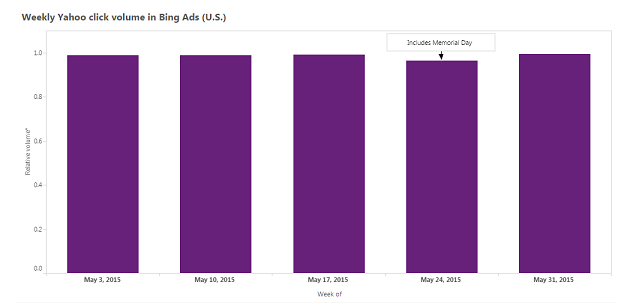
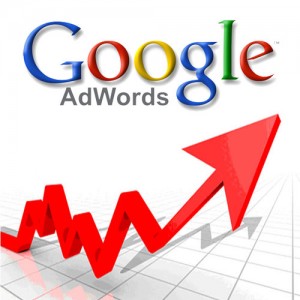 Google AdWords is one of the most powerful tools available to companies trying to get their ads seen online. The only problem is the service can often feel overwhelming to those who are not experienced with the tool, especially with the near constant updates.
Google AdWords is one of the most powerful tools available to companies trying to get their ads seen online. The only problem is the service can often feel overwhelming to those who are not experienced with the tool, especially with the near constant updates.
